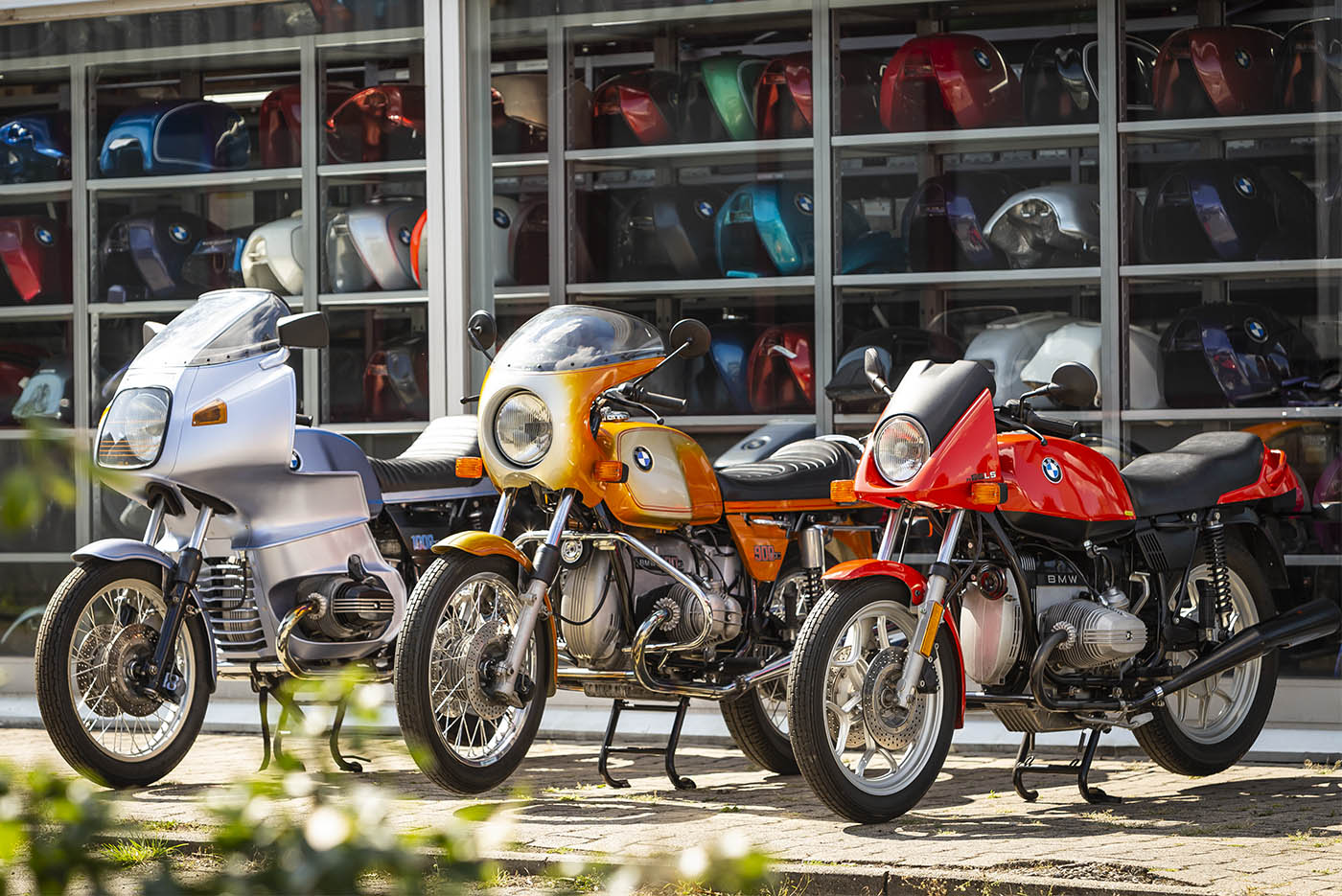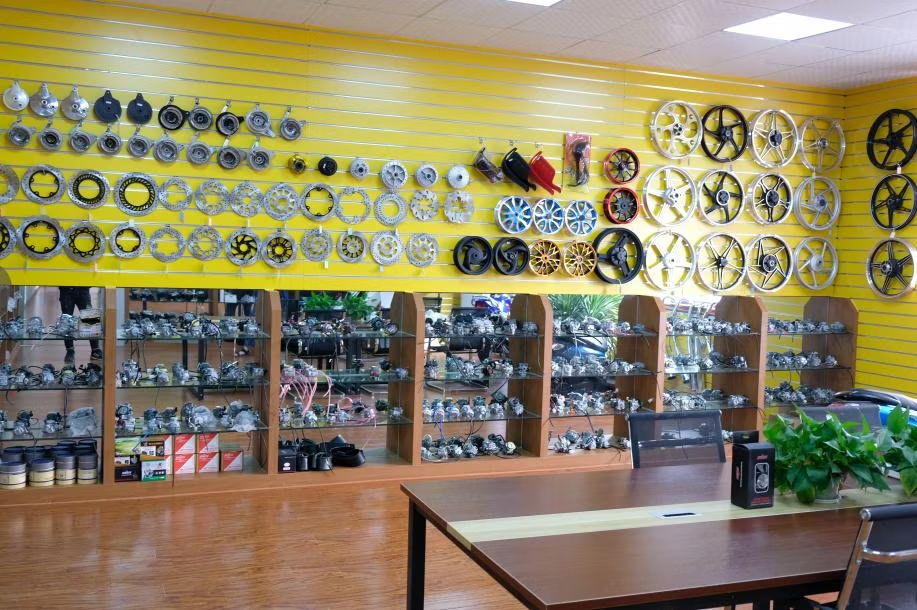Your Best Motorbike Shop for High Quality Parts and Accessories
Comprehending the Crucial Parts of a Motorbike: A Comprehensive Guide for Enthusiasts
For motorcycle enthusiasts seeking to boost their riding experience and guarantee their bikes run smoothly, understanding the vital elements of a bike is critical. Each element, from the engine's intricate workings to the essential role of the stopping devices, not just affects efficiency however additionally safety and security and convenience. This overview will walk through the basic parts that every biker ought to recognize with, making it possible for educated choices in both maintenance and potential upgrades. As we start this expedition, one must ask: exactly how does each component interact to create the smooth experience every enthusiast looks for?
Engine Parts

The camshaft plays an essential duty in regulating the timing of the engine's shutoffs, guaranteeing the accurate opening and closing required for efficient fuel and air intake, as well as exhaust expulsion. This timing is essential to maintaining optimum engine performance and efficiency. Additionally, the carburetor or fuel shot system, depending on the motorbike version, is accountable for mixing air with gas in the correct proportion for burning.
The cooling system, either air or liquid-based, functions to keep the engine's temperature within functional limitations, stopping overheating and ensuring durability - motorcycle parts nz. Each component, meticulously designed and integrated, adds to the smooth procedure of the engine, defining the motorcycle's power result and total performance
Transmission System
Integral to the motorbike's performance, the transmission system ensures reliable power transfer from the engine to the wheels. This system consists of a number of vital components, including the clutch, transmission, and last drive, each playing a crucial function in converting the engine's power right into movement. The clutch, typically run by a hand bar, offers to involve and disengage the engine from the transmission, allowing for smooth equipment changes and regulated velocity.
The transmission, commonly referred to as the transmission correct, consists of a collection of equipments that motorcyclists can by hand change with to adjust the bike's speed and torque outcome. These equipments are organized in a series that enables the bike to speed up smoothly and preserve ideal engine efficiency across various speeds. Many bikes make use of a sequential transmission, needing the biker to change gears in an established order.
Braking Mechanisms
While comprehending the transmission system is crucial to utilizing a motorbike's power, similarly vital is the ability to regulate and quit that power efficiently, which is where braking mechanisms enter play. Brakes are crucial for safety and efficiency, giving the biker with the needed control to browse different terrains and conditions. Usually, bikes feature 2 sorts of stopping systems: disc brakes and drum brakes.
Disc brakes are a lot more prevalent in modern bikes as a result of their remarkable efficiency. They include a brake disc, caliper, and pads. When triggered, the caliper squeezes the brake pads against the spinning disc, converting kinetic power right into heat, therefore slowing down the wheel. This system provides better warm dissipation, regular performance, and improved quiting power, specifically in wet conditions.
Conversely, drum brakes, though less common, are still found in some motorcycles. They function by pushing brake footwear versus the inner surface of a drum attached to the wheel. While generally much less efficient in warm dissipation and quiting power, drum brakes are less complex and extra cost-effective.
Understanding these braking systems' subtleties permits motorcyclists to preserve their motorcycles properly and appreciate the engineering that guarantees risk-free and efficient quiting.
Suspension and Steering
Suspension and steering systems are important components that dramatically affect a bike's handling and experience comfort. The shock absorber, being composed of forks at the front and shock absorbers at the rear, absorbs roadway irregularities, enhancing security and control. Front forks, inverted or commonly telescopic, compress and rebound to alleviate impacts, while back shock absorbers maintain tire contact with the roadway, essential for grip and security.
Guiding, centered around the handlebars, attaches the motorcyclist to the bike's directional control. The steering head bearings make certain smooth procedure, enabling specific maneuverability. Correct alignment and upkeep of these bearings are vital for foreseeable steering feedback and decreasing cyclist fatigue.
The suspension's adjustability is an additional crucial facet; preload, damping, and rebound settings enable modification to suit numerous riding conditions and styles. This versatility is essential for enhancing performance, whether browsing urban roads or taking on rugged trails. Advancements like digital suspension systems provide real-time adjustments, enhancing ride high quality throughout varied terrains.

Electric Systems
After guaranteeing a controlled and smooth experience via efficient suspension and guiding systems, focus turns to the electrical systems, an essential facet of modern motorcycles. These systems play an important duty not just in starting the engine but likewise in powering various elements that boost the functionality and safety of the motorbike.
At the heart of a motorbike's electric system is the battery, which shops electric power essential for beginning the engine and powering supporting systems - motocross gear nz. The generator or generator, paired with the rectifier-regulator, ensures the battery remains charged while the motorcycle functions, converting mechanical energy into electric energy and maintaining voltage degrees
The ignition system, an additional important element, is accountable for firing up the air-fuel mix in the engine's cylinders. Modern bikes usually use an electronic ignition system, providing greater efficiency and reliability contrasted to typical systems.
Lights systems, consisting of headlights, tail lights, and signs, are also crucial, making sure presence and safety for the biker. Additional digital components such as sensing units, control systems, and shows contribute to mens motorcycle boots innovative attributes Click This Link like fuel injection administration, anti-lock braking systems (ABDOMINAL), and electronic control panels, even more enhancing the riding experience.
Verdict
An extensive understanding of a motorcycle's crucial components, including the engine, transmission system, braking devices, suspension, steering, and electric systems, is important for enthusiasts aiming to maximize efficiency, convenience, and safety. Proficiency of these components enables informed decisions relating to maintenance and upgrades, ultimately boosting the riding experience. By integrating this understanding, cyclists can ensure their motorbikes run at peak performance and reliability, consequently maximizing both enjoyment and longevity of their vehicles.
For motorbike enthusiasts looking to boost their riding experience and ensure their bikes run smoothly, comprehending the necessary elements of a bike is paramount.Essential to the motorbike's performance, the transmission system makes certain reliable power transfer from the engine to the wheels.While understanding the transmission system is vital to harnessing a bike's power, just as crucial is the capability to manage and quit that power properly, which is where stopping devices come into play. Generally, motorbikes feature two kinds of stopping systems: disc brakes and drum brakes.
A detailed comprehension of a motorcycle's essential components, consisting of the engine, transmission system, stopping devices, suspension, guiding, and electric systems, is important for you can try these out enthusiasts intending to optimize convenience, safety, and efficiency.